Preserving
Antiquities
by Bob Brooke
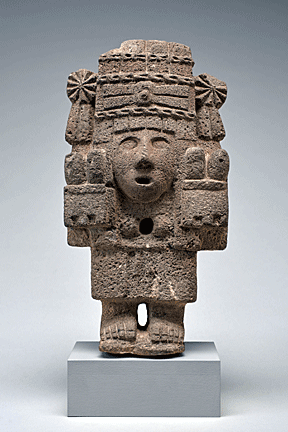 Collecting
antiquities can be an expensive undertaking. Even the smallest artifacts
sell for three figures or more. Therefore, itís imperative to care for
them in the best possible way to preserve the investment. Collecting
antiquities can be an expensive undertaking. Even the smallest artifacts
sell for three figures or more. Therefore, itís imperative to care for
them in the best possible way to preserve the investment.
Proteccting
Stone Artifacts
Stone objects can disintegrate over time; causing the layers to fall
apart. If this happens, the antiquity must undergo prolonged treatment
in a laboratory to restore it back to sound condition. Micro organisms
cover some stone objects. This gradually tends to destroy the object.
Itís necessary to remove the microorganisms and to cure the object.
Stone objects can also be subject to other forms of deterioration. For
example, the presence of salt can cause damage because it absorbs
moisture which turns into a salt solution that percolates into the
cavities between the particles forming the rock. On evaporation, salt
solutions turn into salt
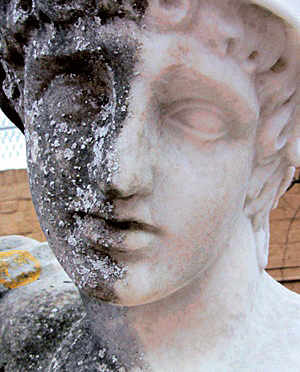 crystals,
which often appear on the surface of the stone in the form of white
efflorescence. The continuous dissolution and crystallization of the
salts also puts a strain on stone objects and their surfaces eventually
turn into powder. crystals,
which often appear on the surface of the stone in the form of white
efflorescence. The continuous dissolution and crystallization of the
salts also puts a strain on stone objects and their surfaces eventually
turn into powder.
Stone sculptures often accumulate dust, dirt and stains. Loose dust can
easily be brushed off. Plain water can wash away most types of dirt.
Sometimes, itís necessary to use a mild detergent in the water for
difficult stains. .
Stone objects often suffer from damage during storage, especially when
big and small objects are dumped together. Some objects may break,
others get abraded. Therefore, it is wise to store the objects on
separate shelves or platforms. These shelves or platforms should be
amply padded and strong enough to support the weight, especially in case
of stone sculptures.
Clay Artifacts
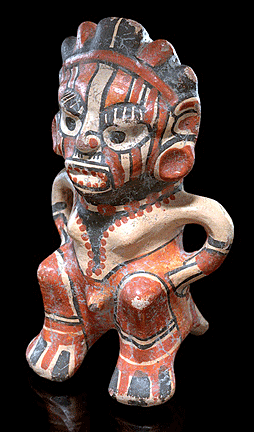 Clay
vessels and other utensils, beads, toys, and figurines have been
excavated from many sites of ancient culture. Water can easily affect
them, so these objects cannot be cleaned with any water-based solution.
Such objects should be kept in a dry atmosphere. In case of painted clay
objects water or humidity also can be damaging. But the clay objects
that were once baked can be washed with distilled water to remove the
salts present on them. Clay
vessels and other utensils, beads, toys, and figurines have been
excavated from many sites of ancient culture. Water can easily affect
them, so these objects cannot be cleaned with any water-based solution.
Such objects should be kept in a dry atmosphere. In case of painted clay
objects water or humidity also can be damaging. But the clay objects
that were once baked can be washed with distilled water to remove the
salts present on them.
The baked clay objects are more durable than those unbaked clay ones.
They too are fragile and may crack or break. Many such objects break by
accident, falling from a shelf or a table and slipping out from hands.
Therefore, careful handling is a most clay objects.
Wooden Artifacts
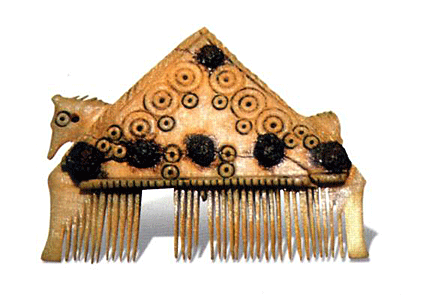 Wood
is an organic material and as such is especially susceptible to
deterioration. Throughout ancient times, people used it to make various
kinds of weapons, objects of daily use, as well as materials for art and
decoration. Wood
is an organic material and as such is especially susceptible to
deterioration. Throughout ancient times, people used it to make various
kinds of weapons, objects of daily use, as well as materials for art and
decoration.
Although wood looks hard and durable, itís perishable and vulnerable to
varied causes of deterioration. It easily falls prey to insects and
growth of microorganisms is often found in it. It gets affected by the
change of climatic condition. Itís affected by a change in climate,
especially humidity.So preservation of wooden materials demands utmost
attention. Plus, care should be taken in storing them.
Metal Artifacts
Apart from gold and silver, much copper, bronze and iron objects have
been discovered from the Bronze and Iron Age. Copper and its alloys,
like bronze or brass, corrode easily especially when buried in the
earth. Corrosion takes place because the soil contains many salts.
Copper in particular becomes weak from the corrosive effects of the air.
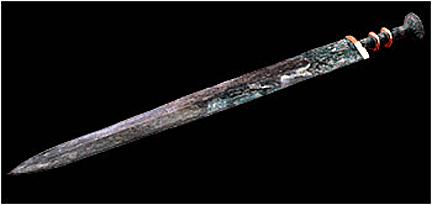
Ancient peopleís used bronze as one of their primary metals, both for
everyday use in cooking utensils and as a medium for works of sculpture.
The best way to maintain a bronze artifact is by cleaning it regularly
to avoid a build up of tarnish. Avoid using harsh or abrasive cleaners
when cleaning bronze, as it can damage the material. And most
importantly, avoid exposing bronze pieces to moisture as it can
contribute to tarnishing the metal.
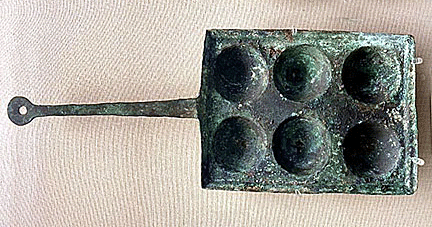 Environment plays a major role in the conservation of artifacts. Changes
in temperature and relative humidity are particularly important. Since
objects remain buried for a long time, they are conditioned by the
natural environment. However, the preserved articles too need protection
against light, heat, moisture, mold and insects. Environment plays a major role in the conservation of artifacts. Changes
in temperature and relative humidity are particularly important. Since
objects remain buried for a long time, they are conditioned by the
natural environment. However, the preserved articles too need protection
against light, heat, moisture, mold and insects.
<
Back to Caring for Your Collections
Archives
Next Article >
|
